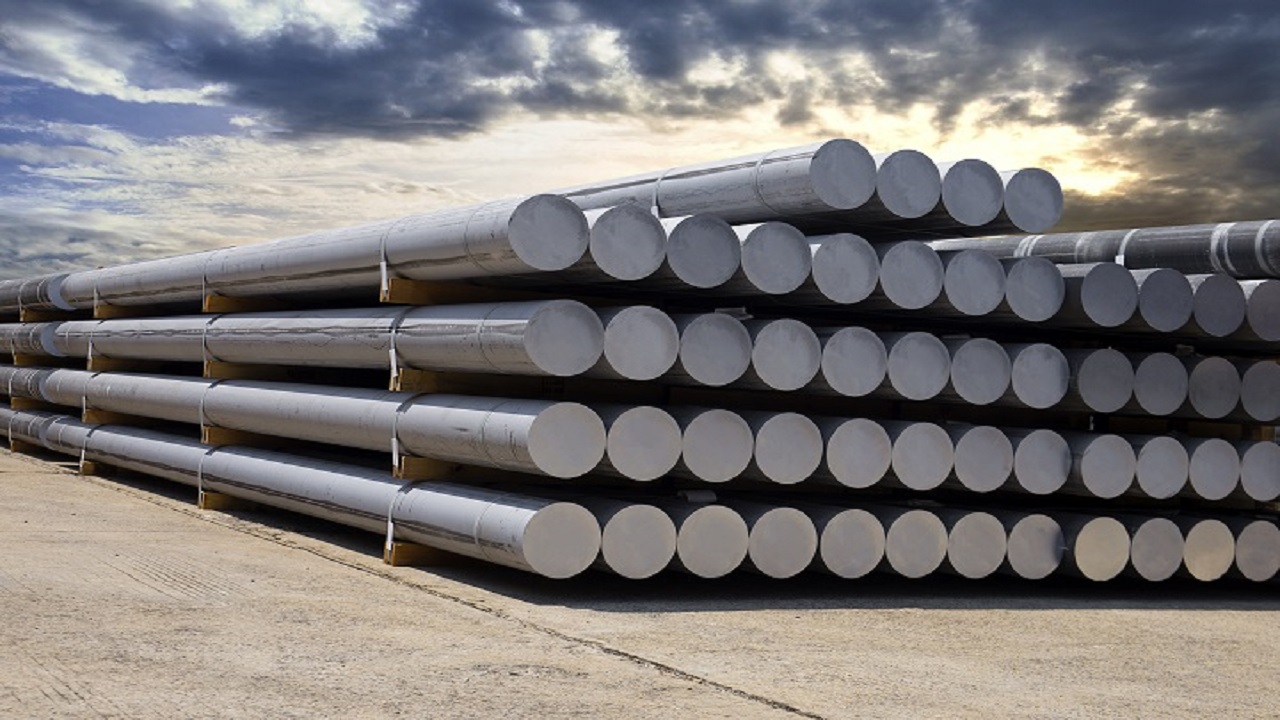The use of sustainable materials and construction methods is crucial in the field of modern infrastructure development and construction. One such crucial component in this pursuit is the incorporation of pipe piling products. These innovative structural elements play a pivotal role in sustainable infrastructure development by offering a myriad of benefits ranging from environmental conservation to long-term economic viability.
Introduction to Pipe Piles
Pipe piles, also known as tubular piles, are structural elements made of steel or concrete that are driven into the ground to provide foundational support for various structures, including bridges, buildings, and marine structures. They come in different shapes, sizes, and materials, making them versatile for a wide range of applications.
Enhancing Structural Stability
One of the primary roles of pipe piles in sustainable infrastructure development is enhancing structural stability. By serving as deep foundations, pipe piles transfer the load of a structure to deeper, more stable soil layers, reducing the risk of settlement and ensuring the longevity of the infrastructure. This not only enhances safety but also minimizes the need for future maintenance and repairs, thereby reducing resource consumption and environmental impact.
Environmental Conservation
The use of pipe piles promotes environmental conservation in multiple ways. Firstly, they can be manufactured from recycled materials, reducing the demand for virgin resources and minimizing waste. Additionally, their long service life and durability mean fewer replacements over time, reducing construction-related carbon emissions and conserving natural resources. Moreover, pipe piles can be easily extracted and reused in other projects, further extending their sustainability benefits.
Resilience to Natural Forces
In an era marked by increasing instances of extreme weather events and natural disasters, the resilience of infrastructure is of paramount importance. Pipe piles offer enhanced resistance to seismic activity, wind loads, and soil movement, thereby ensuring the structural integrity of buildings and other critical facilities. By incorporating these resilient foundations into infrastructure projects, communities can mitigate the risks associated with climate change and protect both lives and property.
Supporting Renewable Energy Infrastructure
The transition towards renewable energy sources such as wind and solar power necessitates the development of robust infrastructure to support these technologies. Pipe piles play a crucial role in this endeavor by providing the foundation for wind turbines, solar farms, and offshore energy installations. Their ability to withstand harsh environmental conditions and support heavy loads makes them indispensable in the sustainable expansion of renewable energy infrastructure.
Collaboration for Sustainable Solutions
The widespread adoption of pipe piles in sustainable infrastructure development necessitates collaboration among stakeholders including engineers, architects, contractors, and policymakers. By working together, these stakeholders can identify innovative solutions, implement best practices, and develop policies that promote the use of sustainable materials and techniques. Such collaboration fosters a holistic approach to infrastructure development that prioritizes environmental stewardship, resilience, and long-term sustainability.
Conclusion
As the global community strives to build a more sustainable future, the role of pipe piles in infrastructure development cannot be overstated. These versatile structural elements not only enhance the stability and resilience of buildings and other critical facilities but also contribute to environmental conservation and support the growth of renewable energy infrastructure. By incorporating pipe piling products into construction projects, we can pave the way for a more sustainable and resilient built environment, ensuring a brighter future for generations to come.

